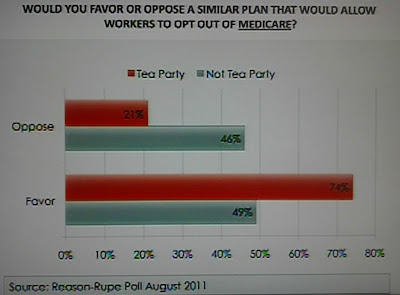


The most visible policies are those that require people to interact frequently or intensively with public officials to qualify for benefits, like food stamps, disability payments and subsidized housing.

In the Cornell poll, a respondent who self-identified as “extremely liberal” was 20 percentage points more likely to acknowledge using a government program than someone who used the same number of programs but was “extremely conservative.” Also, those who believed that the nation spent too much on welfare were less likely to admit that they had used a “government social program,” perhaps because that term had pejorative connotations.īesides political ideology, the design of policies also influences awareness. Individuals’ political views partly account for their perceptions. That is because so much of what government does today is largely invisible. It turned out that 94 percent of those who had denied using programs had benefited from at least one the average respondent had used four.Īmericans often fail to recognize government’s role in society, even if they have experienced it in their own lives. Respondents were then asked whether they had availed themselves of any of 21 different federal policies, including Social Security, unemployment insurance, the home-mortgage-interest deduction and student loans. Yet the reality is that the vast majority of Americans have at some point relied on government programs - and valued them - even though they often fail to recognize that government is the source of the assistance.Ī 2008 poll of 1,400 Americans by the Cornell Survey Research Institute found that when people were asked whether they had “ever used a government social program,” 57 percent said they had not. Tea Party activists, the most vocal citizens of our time, powerfully amplify those demands. Sure, a recent ABC News/Washington Post poll found that 56 percent of Americans said they wanted smaller government and fewer services. DON’T take at face value the claims that Americans dislike government.


 0 kommentar(er)
0 kommentar(er)
